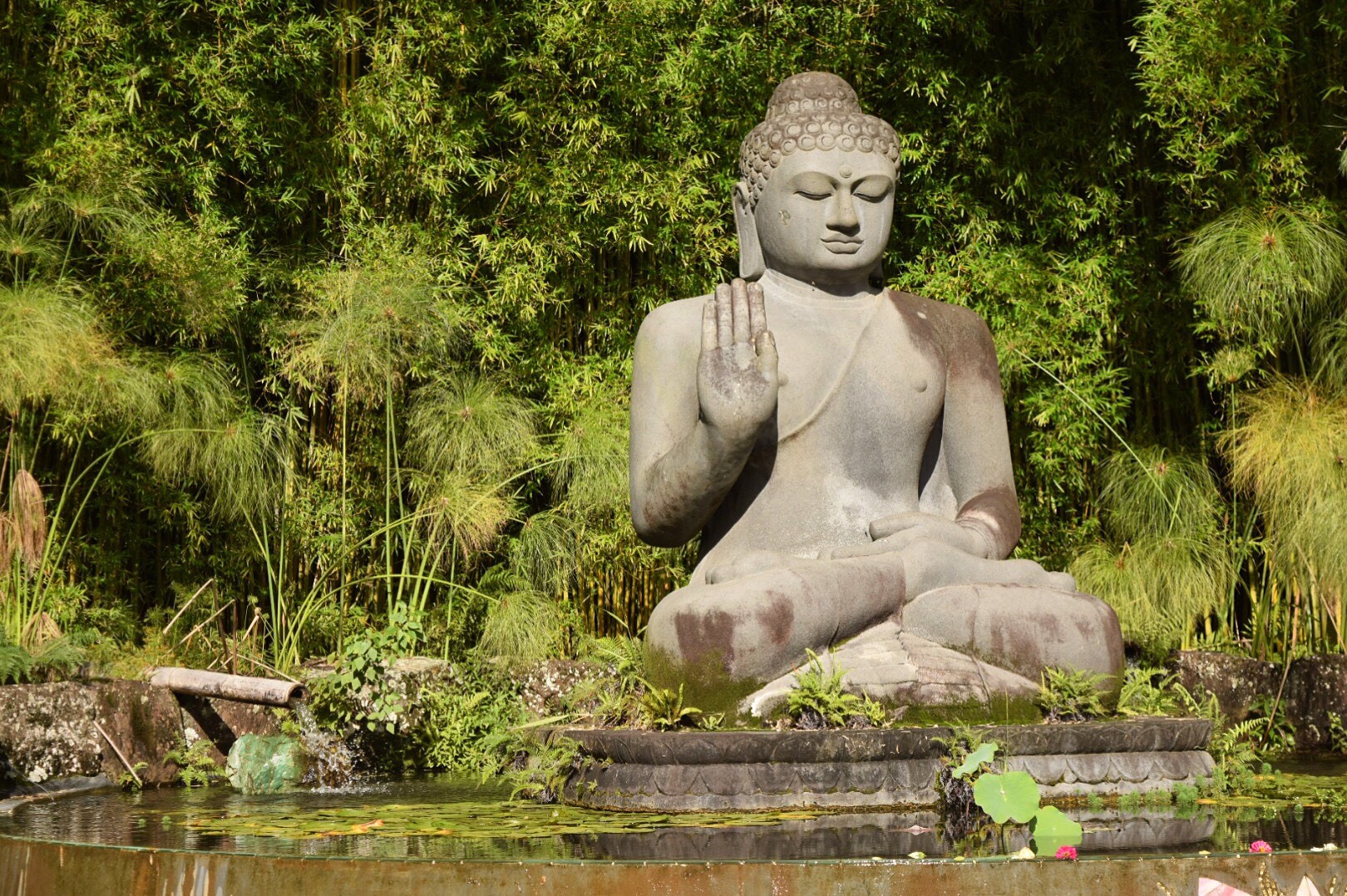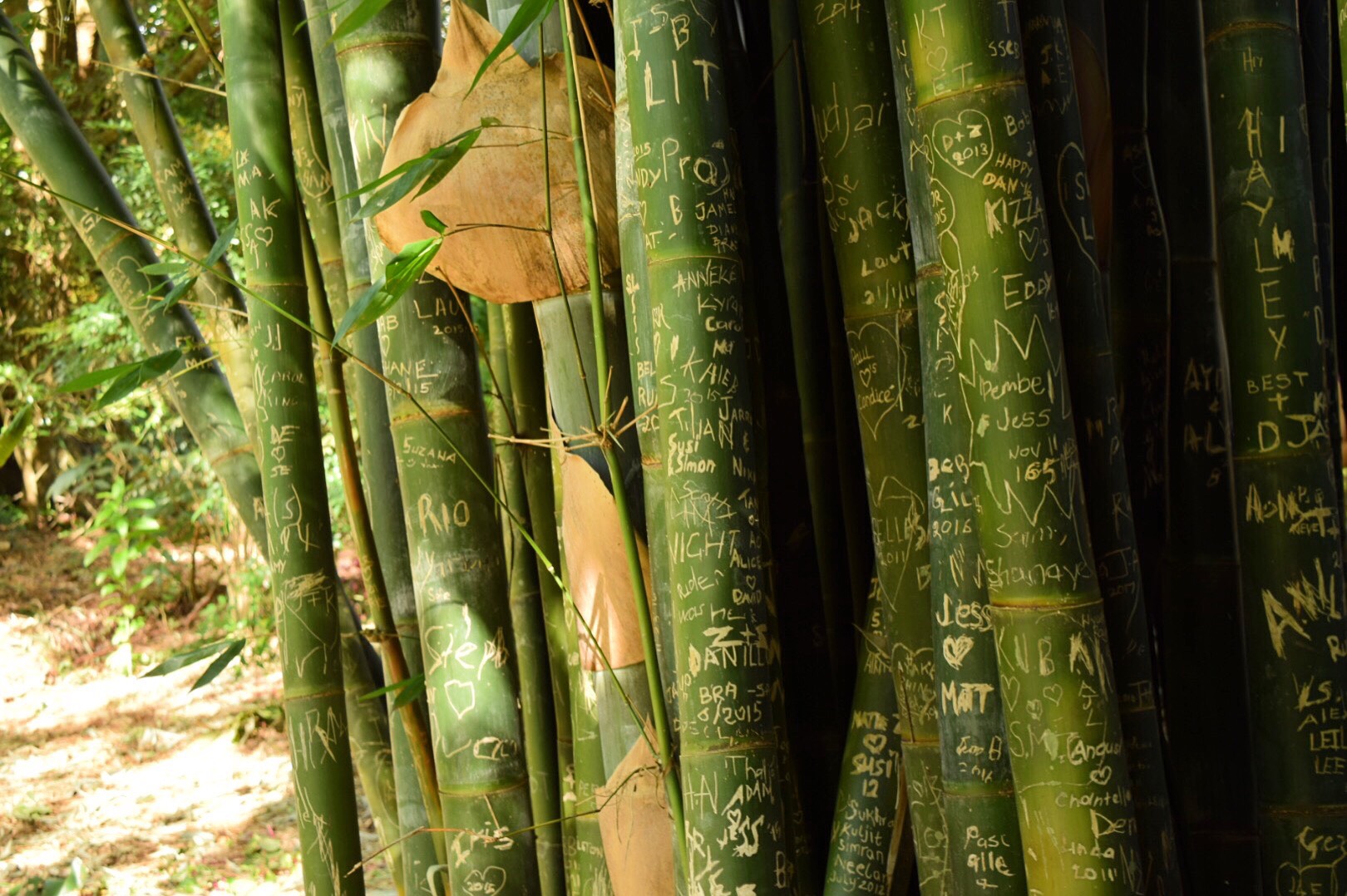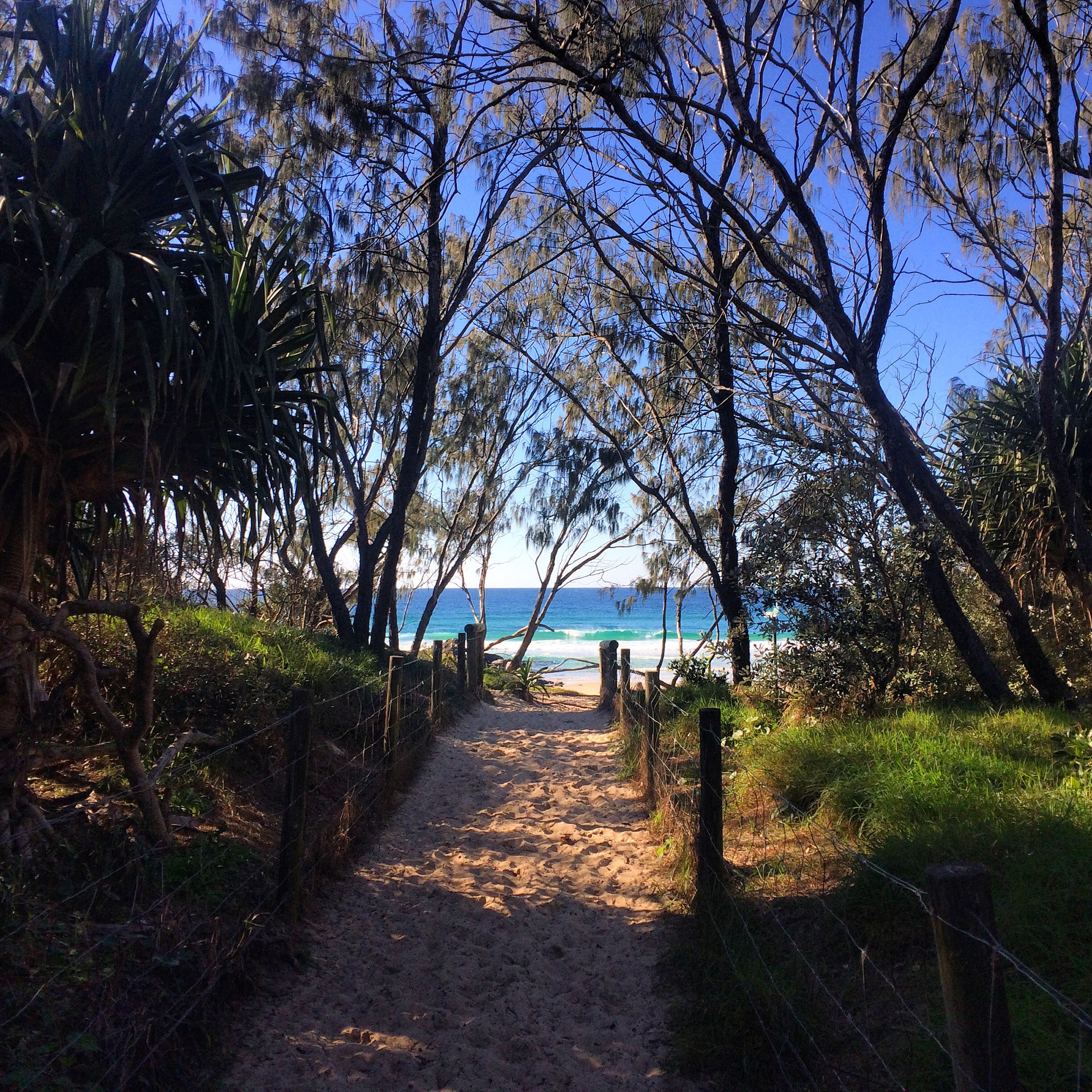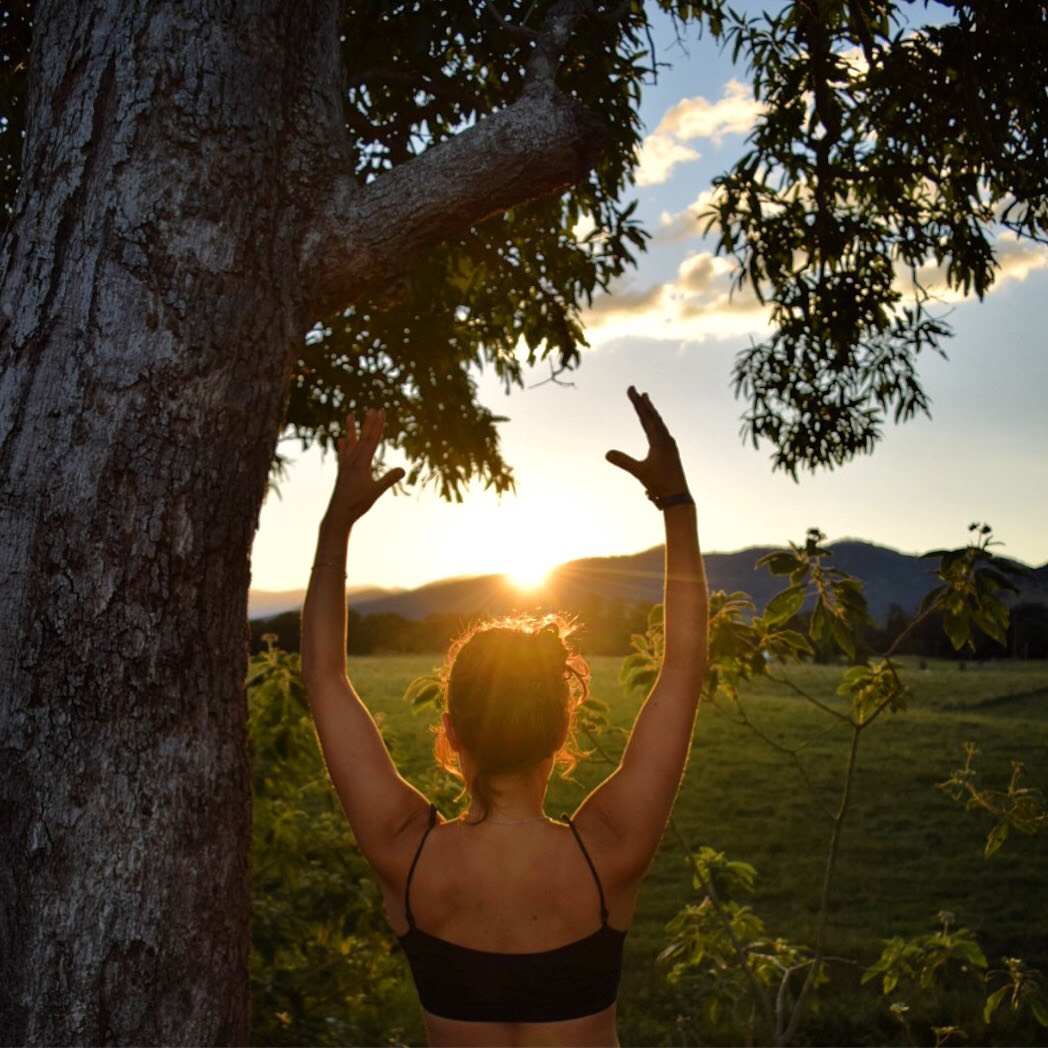As we are all beginning to understand, yoga is a way of living life to our full potential, of filling the void and finding the balance we have been seeking. From appreciating the gift of every breath to realising the extraordinary power we each have within ourselves, the Astanga Yoga System emphasises the need to bring our practice off our mats and into our lives.
The challenges we face are not new or unique. Patanjali’s Yoga Sutras may have been written before the advent of mass media, 24-hour news and instantaneous electronic communication, but they are as relevant today as they were 2,500 years ago. Modern society leads us to believe that we can experience a blissful life filled with happiness once we attain a certain status, fame, level of income, circle of friends, life partner, large bank account, big home or fancy car. But as we all know, it doesn’t work that way. Stories of the misery of the rich and famous are legion throughout all history. No matter what we achieve, acquire and accumulate we are still left with our suffering. The real question here is how to apply yoga to our modern lives…

Yamas – yoga as a way of life
Through the Eight Limbs of Yoga (Astanga Yoga System) we extract ourselves from the bubble of social conditioning and live as liberated beings. We find our authentic voice, discover our true calling and manifest our greatest self.
The first limb, the yamas, involve moral precepts that I will explore briefly this week.
Ahimsa – non-violence
Unfortunately, we are currently in Kali Yuga, an age of vice and violence that began more than five thousand years ago. Hence, the most important moral precept, ahimsa, asks that we hold a vision of world peace and that we seek to embody this vision within ourselves. We are asked to hold the light of ahimsa during the darkness of this time. As the first of the yamas, ahimsa is at the very heart of yoga. It is most often defined as non-violence and means ‘not killing’. In yoga, it also means to restrain oneself from engaging in any form of aggression or violence towards others, towards ourselves, or towards Mother Earth in all of her manifestations. Violence, even in its most subtle forms, is the very vibration, or essence, of imbalance and it lies at the root of our suffering. The more we embrace non-violence, the more we emit the harmonious vibrations of a peaceful presence. This tends to affect everyone and everything around us.

Satya – Truthfulness
If we firmly establish ourselves in truth, we remove illusions, self-deceit and pretence. Truthfulness includes the practice of clearly seeing our own actions and lifestyles for what they are. As long as we are lying to ourselves, how can we be truthful to anyone else? Only in integrity, when our words and actions are aligned, can we be the best version of ourselves.
Asteya – non-stealing
When we release greed, we no longer need to steal. When we learn to give, we no longer need to take. When we learn to serve, self-centredness dissolves and grace arises. This is not only relevant between people, but also at a larger scale, when we decide not to deplete mother earth of its resources by not taking more than we actually need.
Brahmacharya – chastity
Yoga teaches us that we are not the body or the mind, not our names or occupations, not our gender, race or nationality. We are embodiments of the Divine as eternal spirit souls. This means we reclaim our true identity, extract ourselves from the bubble of social conditioning and self-indulgence, and live our lives from a place of true freedom. Find time to do nothing except to just be fully in the present moment. This is a natural way to practice bramacharya, and also will enhance your ability to hear your soul.

Aparigraha – non-possessiveness
While we may not be aware of it, material desires are a manifestation of greed. We have become so attached to money and possessions that for many of us, it defines our very being. To live from the heart, as mindfully as possible and in a spirit of loving kindness, we must face all aspects of greediness within us and be willing to make the necessary changes. This is the practice of aparigraha. When we let go of greed, we come to understand the true meaning of our birth and our existence. We realise that life is not all about “what’s in it for me”. From this awareness, compassion arises, along with understanding, acceptance and generosity. A deeper practice of aparigraha is to move from taking to giving.

The hard work is worth it. It is the greatest investment you will ever make. Inner peace and advancing humanity in our own humble way are both priceless. Ultimately, deep yoga is an invitation to return home to your heart, to live from your greatness, to be present in each and every day as the amazing being that you truly are. May you ever be blessed to live in yoga and shine your light upon all that is.
Namaste.
***Keen to go deeper? Listen to this wonderful podcast “Die to Live” by Bhakti Tirtha Swami on Soundcloud.***
